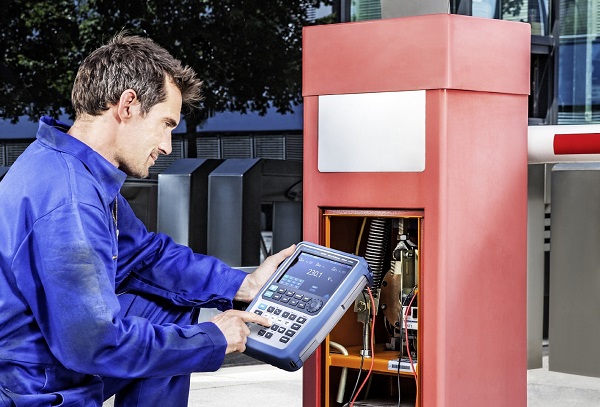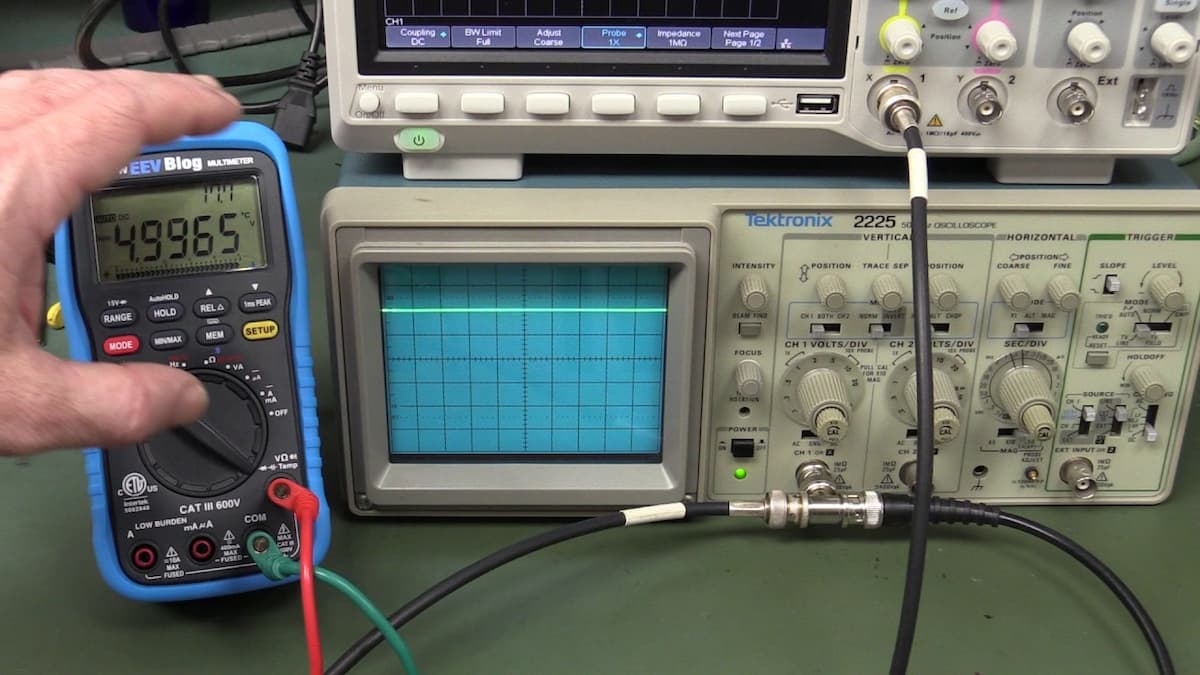Oscilloscope is a piece of equipment that displays signal voltages on a graph. Many types of signals, such as sound signals for example, can be converted into voltage and be shown on an oscilloscopes monitor. It has usages in many fields, like science, medicine, telecommunications, etc. and can be either digital or analog. Analog oscilloscope are a thing of the past, and you should only consider getting one if you’re a collector, otherwise there is no real reason to pick it over the digital oscilloscope. A digital oscilloscope is what you are looking for if you need this type of tool. However, there are still some things to consider before acquiring a portable oscilloscope.

Bandwith
In most cases, you want to purchase an oscilloscope that has at least 5 times the bandwidth than the maximum frequency of the signals you want to measure. This will make sure you get an accurate representation of the waveform. Usually, higher bandwidth oscilloscopes are more expensive, so you might be forced to compromise depending on your budget.
Resolution and Accuracy
Modern oscilloscopes use 8 bit resolution. That means that the voltage ranges are divided in 256 vertical steps. For some applications, however, such as noise, vibration and audio, you might want to consider 16 bits for more accurate results. These 16 bit oscilloscopes are called precision oscilloscopes.
Sample Rate
There are two basic types of sample rates: equivalent-time and real-time. These rates are usually specified in mega and giga samples per second. Manufacturers often list only the higher sample rate spec, so that their products look better, so you have to make sure you are purchasing an oscilloscope from a reputable seller. Equivalent-time samples will work only if the signals are repetitive as they build up the waveform overtime. Real-time samples are used if the signal is varying, transient or single-shot. Real-time samples are typically lower in magnitude rate than equivalent-time samples.
Memory Depth
Memory depth is where all your captures are stored. The amount of memory depth the scope has will be the determining factor of how long the memory of the last captures will be stored before being removed. This is particularly important when it comes to zooming in on signals. The formula for memory depth is: Time Across Display + Sample Rate = Memory Depth
There are a few other specifications that make one oscilloscope different from another, but knowing the aforementioned specifications is enough to pick out the portable oscilloscope that will best fit your needs.
